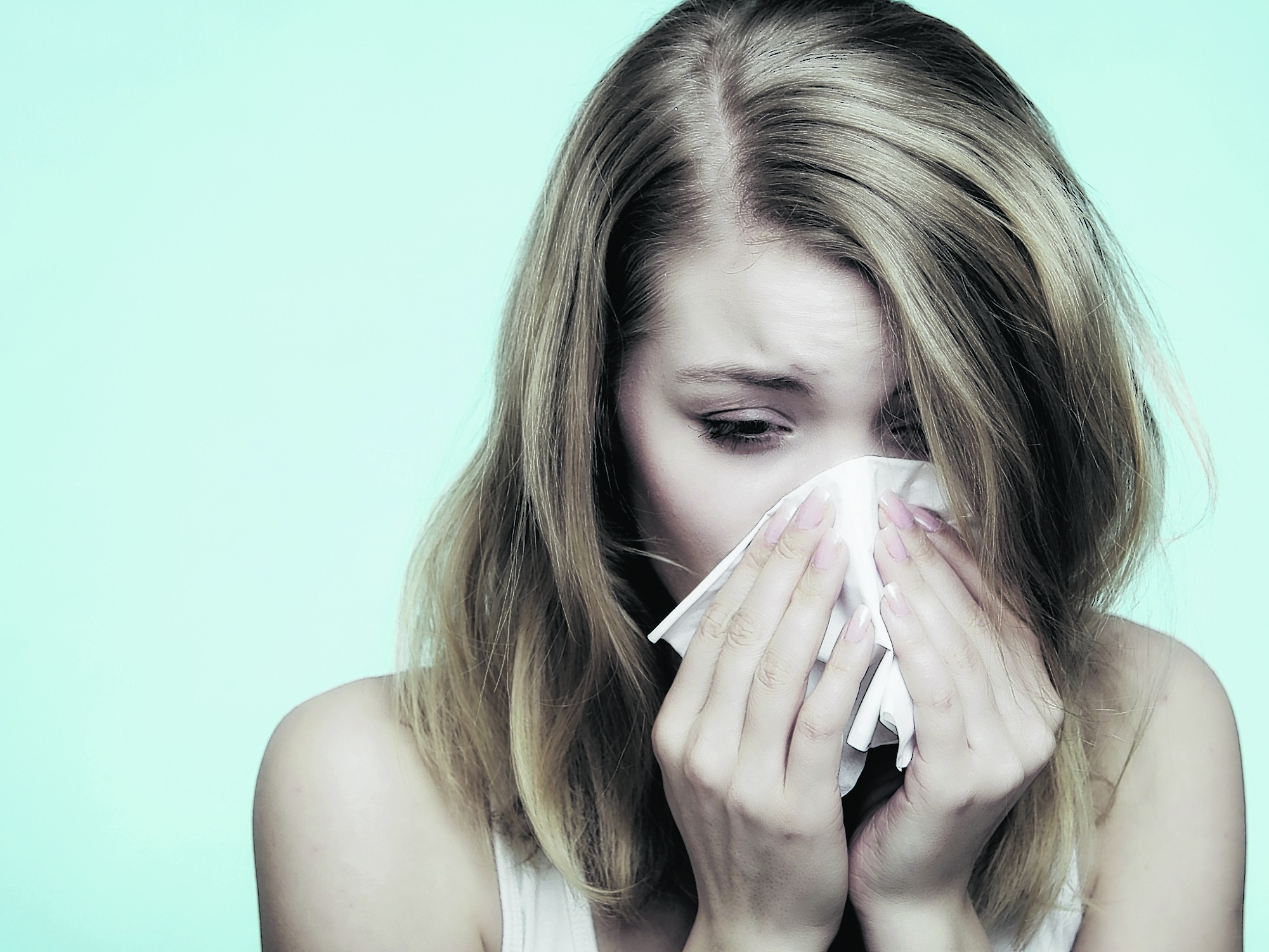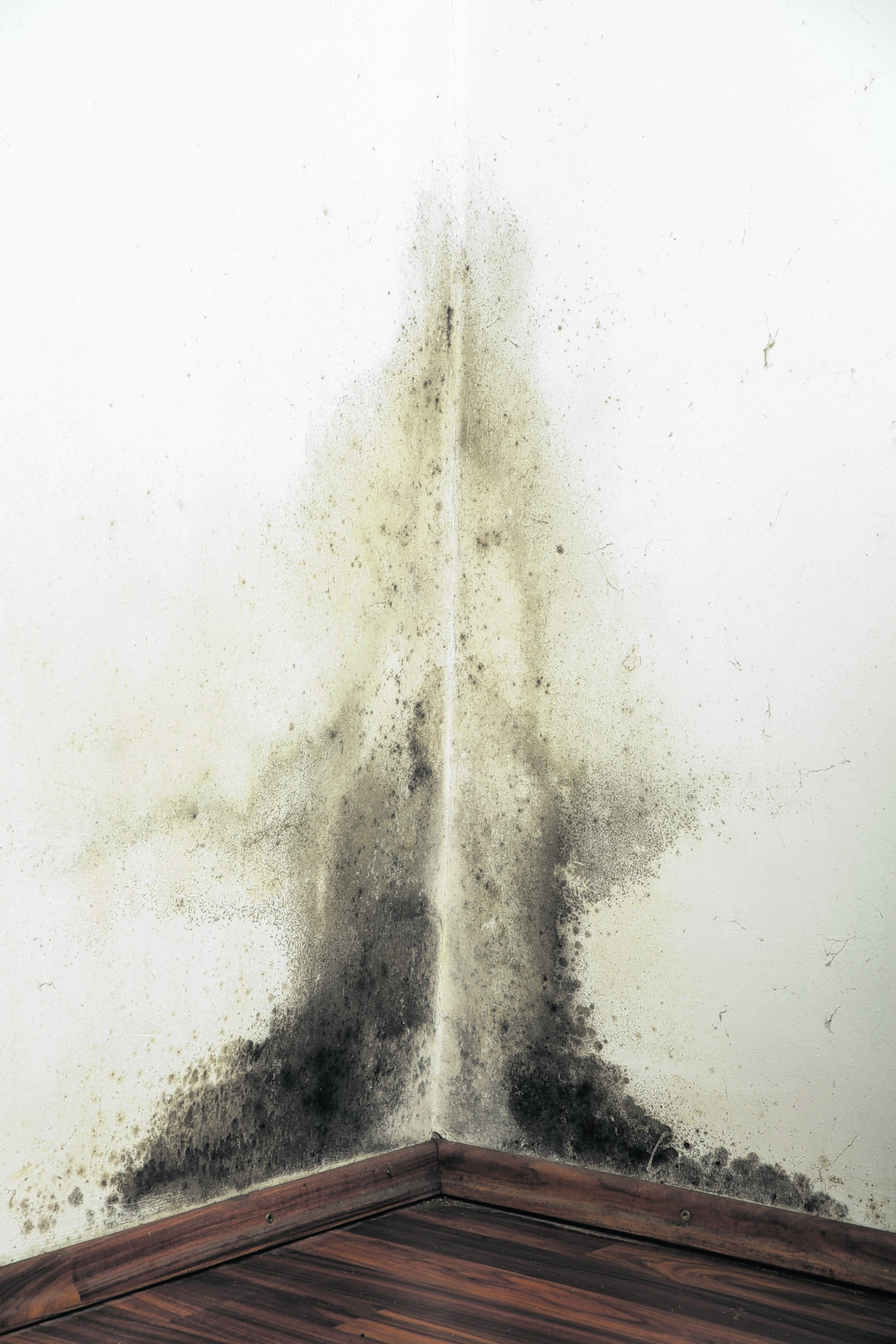They’re our safe havens, but could our homes also be making us ill? Lisa Salmon reports on the alarmingly common Toxic Home Syndrome.
Home is where the heart is – but it may also be where the harm is.
It’s estimated that 15.3million UK households suffer from Toxic Home Syndrome, where occupants’ health deteriorates as a result of poor indoor air quality.
Eight tips for making your home healthy
While the most common effects are coughing, sneezing, watery eyes, fatigue, dizziness and headaches, a pan-European study found that exposure to indoor pollutants can also be linked to reduced life expectancy, lung cancer, cardiovascular disease and asthma.
Peter Howarth, professor of allergy and respiratory medicine at Southampton University, explains: “Toxic Home Syndrome occurs when individuals and families are exposed to a mix of airborne pollutants within the home arising from poor ventilation.”
My Health My Home (www.myhealthmyhome.com), which is backed by the UK’s electrotechnical industry body BEAMA, has been launched to draw attention to the problem.
The initiative says 81% of people are at risk of suffering from a respiratory or dermatological condition because of poor air quality inside their home.
On average, Brits spend more than 90% of their time indoors, and indoor air can be up to 50 times more polluted than outdoor air, containing over 900 chemicals, particles and biological materials.
Indoor pollutants can be naturally occurring, such as mould spores from damp spots on walls and window frames, or even from decaying food. Mould is likely to cause more problems in homes with little or no ventilation.
“Perennial allergens, such as house dust mites and mould within the home, are a major contributor to diseases like asthma and eczema, and rhinitis,” says Professor Howarth.
“Surveys have shown a high percentage of UK homes have some evidence of visible mould, in rooms like the kitchen or bathroom, where there’s the highest humidity, and the older the housing, the poorer the damp proof coursing, and the more likelihood for damp problems.”
In addition, wet clothes dried indoors can increase moisture levels in the home, encouraging mould to grow.
Volatile organic compounds (VOCs) can be found in many everyday cleaning products including air fresheners, carpet cleaners, polish and oven cleaners, and can trigger asthma.
“Higher levels can give rise to non-specific symptoms such as headache, stuffiness, itchy skin and not feeling quite right,” says Professor Howarth.
He says changing to products like roll-on deodorants instead of aerosols can help, and points out that there are considerable variations in the VOC measurements in homes.
Certain gases can also pollute indoor air. Radon, a natural radioactive gas emanating from soil and rock, can enter through cracks and gaps in walls and floors, and via the water supply. Carbon monoxide is another pollutant which can be found in homes with faulty heating or cooking appliances, and can build up from clogged chimneys and cigarette smoke.
Building materials can also affect health – paint, for example, can contain lead and formaldehyde, which can lead to breathing difficulties, increased blood pressure and joint pain.
Asbestos, found in industrial or residential premises built before 2000, can become lodged in the lungs and cause serious problems.
“There’s not much information available about the problem of indoor pollutants,” says Professor Howarth, who stresses that good ventilation within the home is a vital part of tackling poor-quality indoor air.
“As new houses are built that are more insulated and airtight, there can be less air exchange within the rooms, so unless they’re properly ventilated, humid rooms will build up condensation, which can be another source of mould within the home.
“As we move towards more energy-efficient homes and people are worried about their heating costs, the windows may be kept closed. I advise my patients to prioritise good household ventilation – assess the systems your home has in place and look to update them if they are faulty or out of date.”
He says he’d like to see a “Healthy Home Mark” on new homes, to confirm they have mechanical ventilation systems with effective heat exchange installed, and adds: “This will help reduce the health risks for future generations.”
For more information visit www.myhealthmyhome.com

